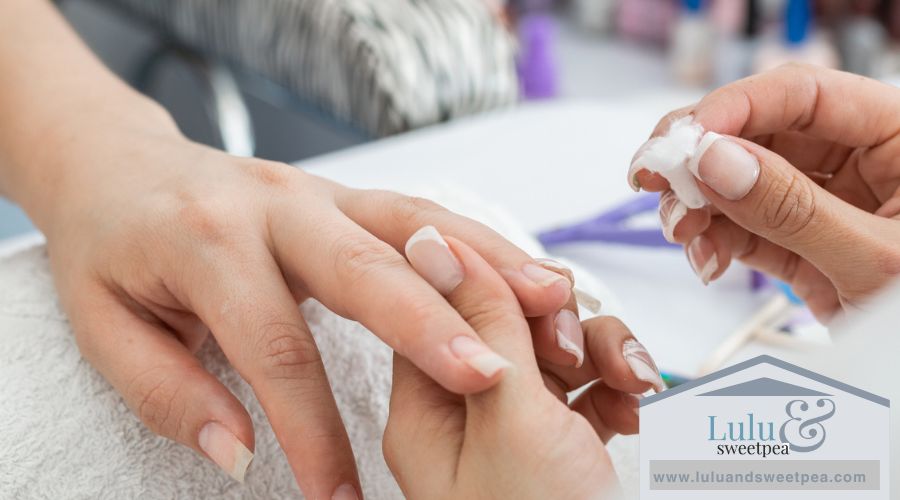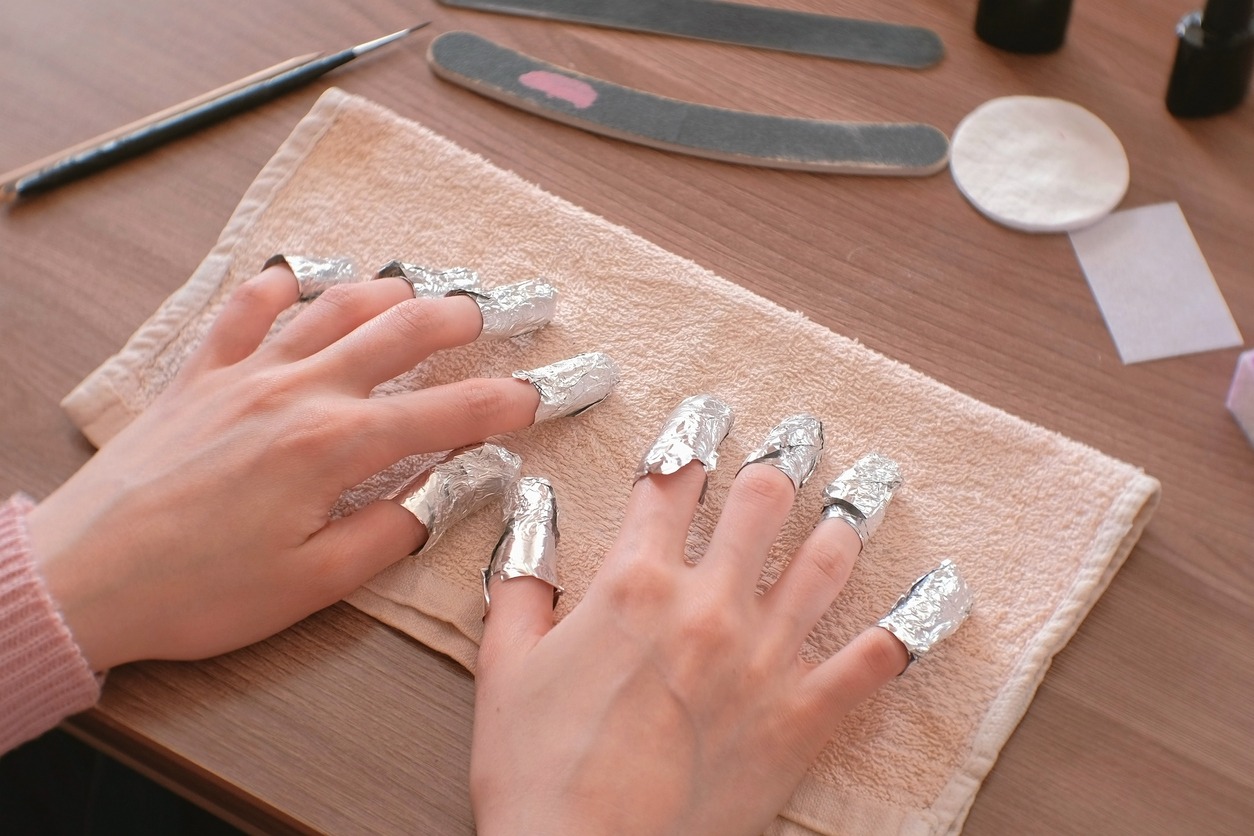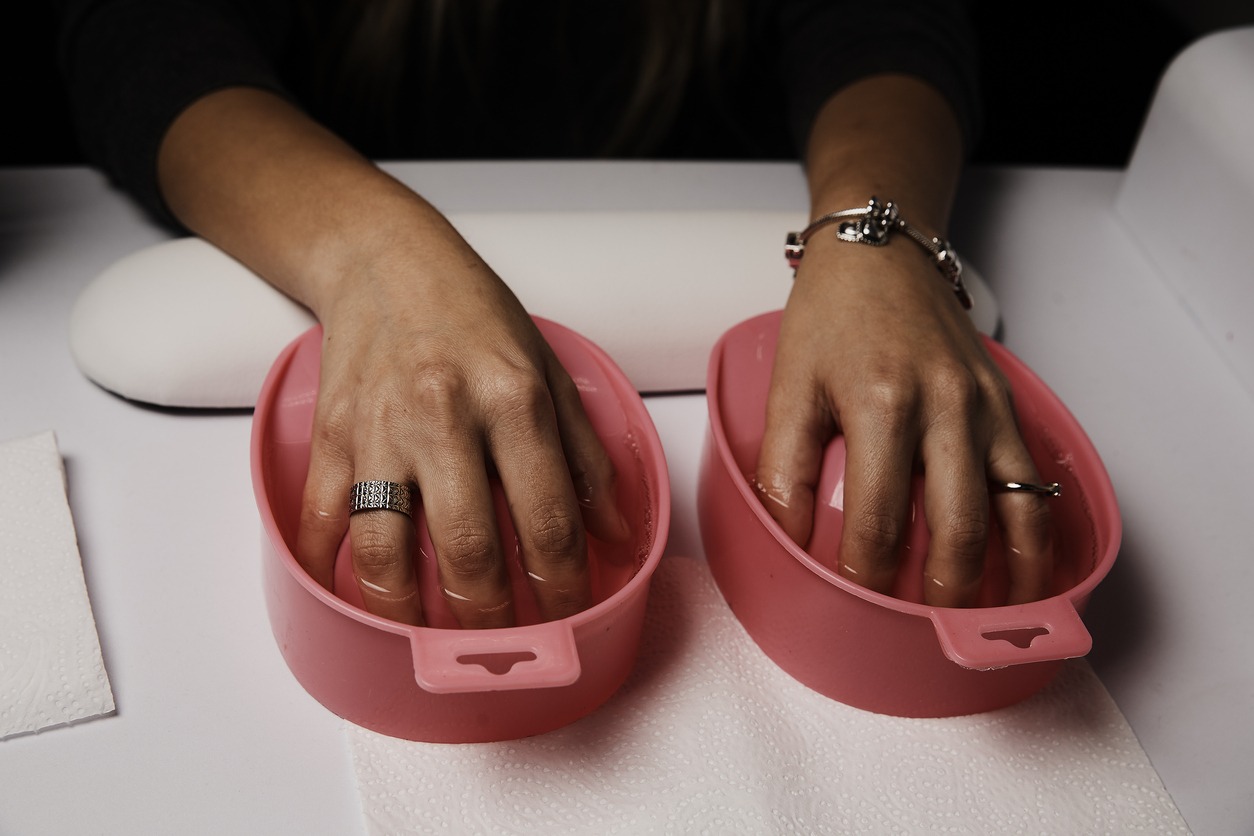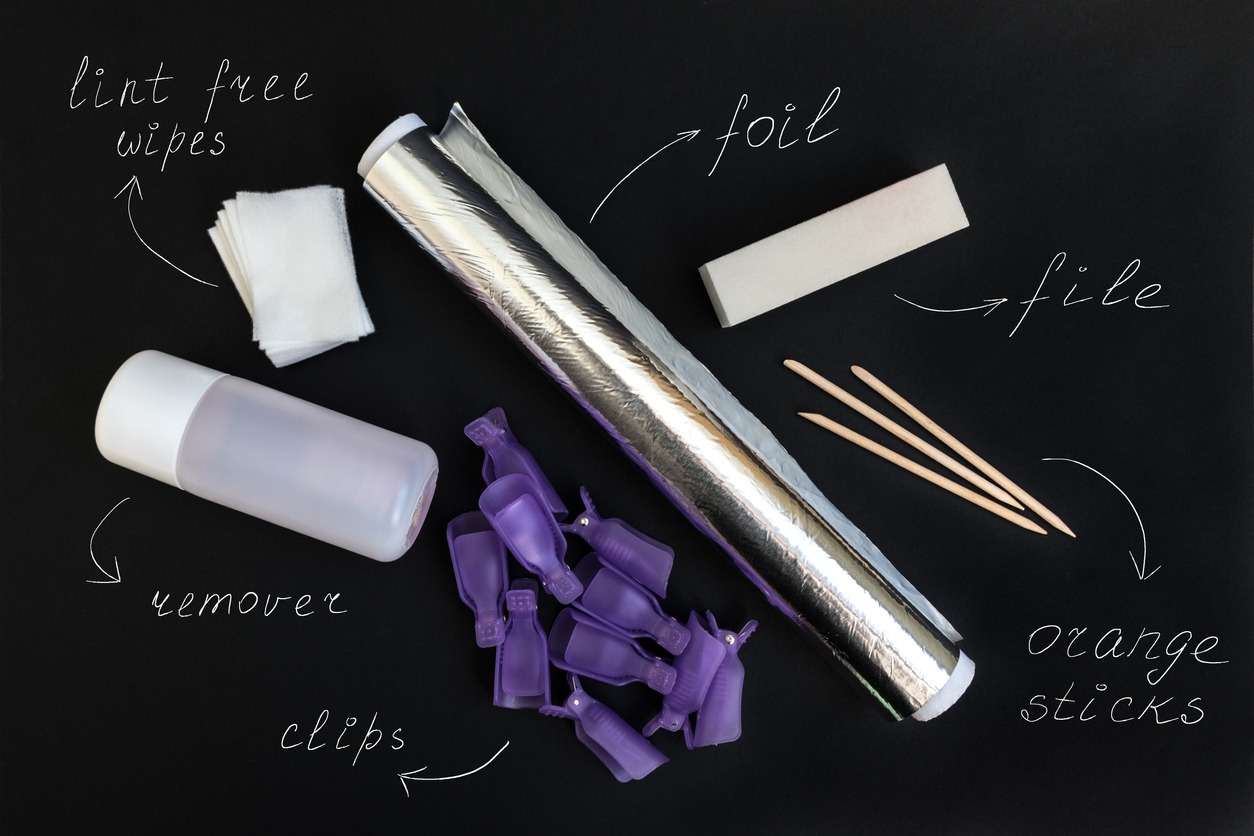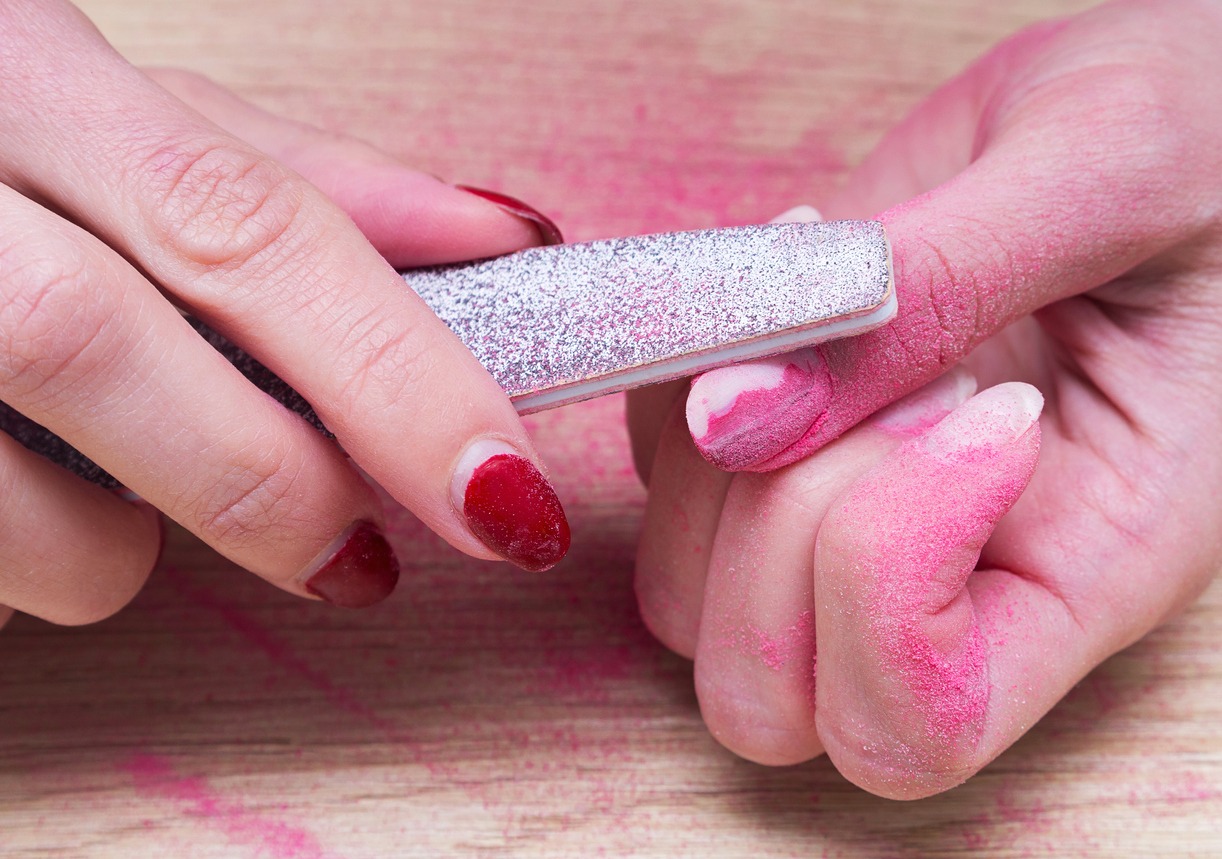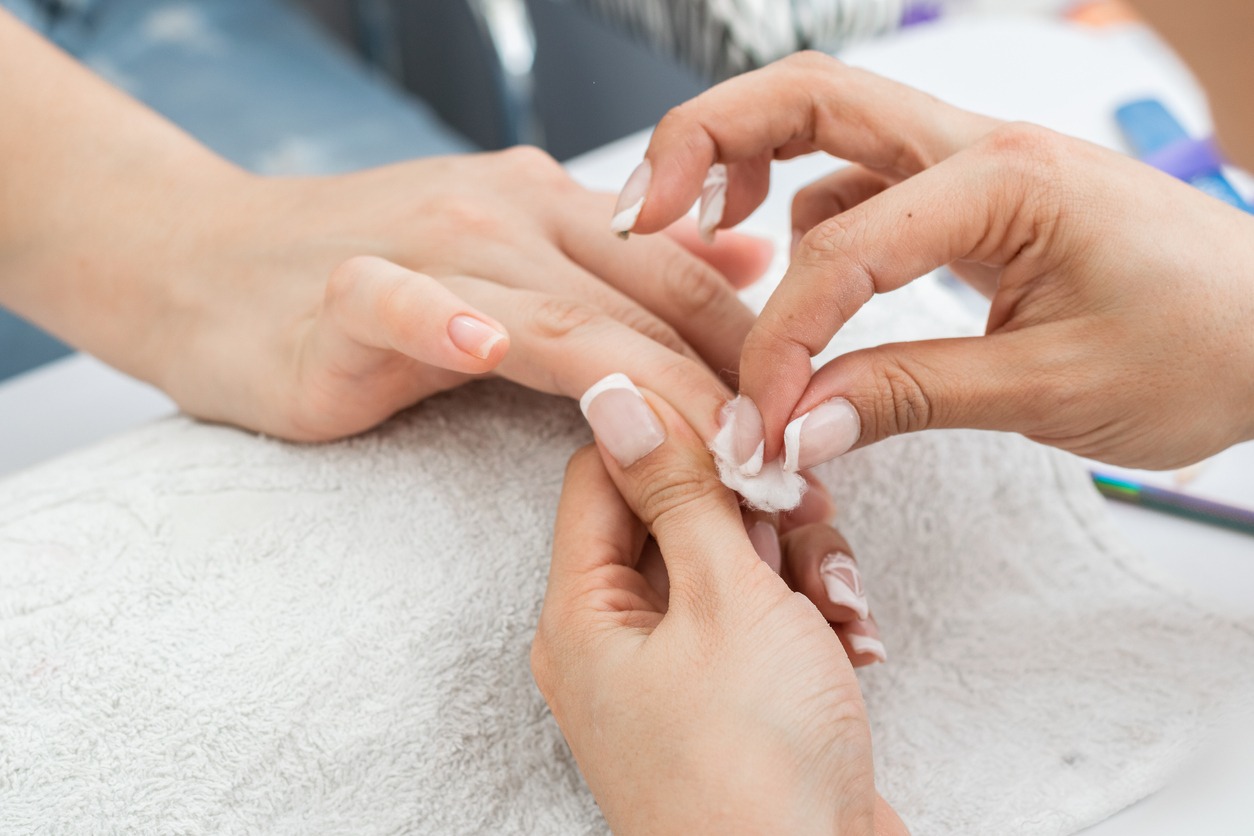Removing gel nail polish without acetone has become a sought-after technique for individuals seeking a less harsh method of freeing their nails from the durable lacquer. As gel manicures have gained popularity for their longevity and glossy finish, the need for gentle removal processes has become clear. Gel polish adheres more firmly to the nail than traditional polish, making it notoriously difficult to remove without professional help or the use of strong chemicals like acetone, which can be drying and potentially damaging to the nail and surrounding skin.
In the comfort of one’s home, there are several methods one can employ to remove gel polish without resorting to acetone. These alternatives hinge on common household items or products that are generally less aggressive than acetone but still effective. Techniques involve filing, gentle peeling, or using alternative solvents such as hand sanitizer, hydrogen peroxide, or even natural oils. While these methods might require more time and patience compared to acetone-based removal, they are often embraced for their health and beauty benefits, allowing for a less abrasive approach to maintaining one’s gel manicure.
Salons, too, may offer acetone-free removal services, acknowledging the demand for gentler care. Whether opting to tackle gel nail removal solo or with professional assistance, it’s crucial to approach the process with care to preserve the health of the natural nail beneath. By avoiding harsh chemicals, one can potentially avoid brittleness and dehydration of the nails while still enjoying the aesthetic benefits of a gel manicure.
Understanding Gel Nails and Removal Challenges
Gel nail polish is revered for its long-lasting qualities, but removing it presents unique challenges, often posing a risk to nail health if not done correctly. This section explores the science behind these manicures and the potential risks associated with gel nails.
The Science of Gel Manicures
Gel manicures are composed of polymers that harden under ultraviolet (UV) light, creating a durable, glossy finish that can last several weeks. Unlike regular nail polish, gel polish adheres strongly to the nails because it creates a chemical bond that is much harder to break without professional-grade solvents such as acetone. Removing gel polish without these solvents requires a different approach that avoids damaging the nail and surrounding skin.
Potential Risks of Gel Nails
While gel nails boast an impressive lifespan and aesthetic, their removal can be damaging to the nail. Potential risks include:
- Damage to the nail bed: Incorrect removal techniques can lead to chipping or peeling, leaving the nails brittle and weak.
- Dryness: Both the application and removal process of gel nails can strip moisture from the nails and surrounding skin, leading to dryness and irritation.
- Health of the nail: Repeated use of gel manicures without proper care can cause long-term health issues for the nails, such as increased fragility and susceptibility to fungal infections.
Removing gel nails swiftly without acetone requires a method that minimizes these risks while effectively lifting the polish from the nail’s surface.
Safe Removal Techniques at Home
When looking to remove gel nails quickly at home without the use of acetone, one can opt for alternative soaking solutions, employ natural oils, or use physical tools and techniques. These methods should prioritize nail health and be performed with care to avoid damage to the nail bed.
Alternative Soaking Solutions
Home removers often seek out acetone-free alternatives that minimize nail damage. Hand sanitizers and hydrogen peroxide are often recommended for their mild effects on the skin and nails. One may use these solutions by soaking cotton swabs in them and then applying to the nails. Effective soaking often requires the addition of heat, which can be done by soaking the nails in warm, soapy water or applying a warm, damp cloth over the nails for some time before attempting to remove the polish.
Oil-Based Removal Methods
Natural oils not only aid in the removal of gel nail polish but also provide nourishment to the nails. Oils such as olive oil or cuticle oil can be used to weaken the bond of the gel polish. To use this method effectively:
- Apply a generous amount of oil over the nails.
- Allow the oil to sit and penetrate the polish for at least 20-30 minutes.
- The oil helps loosen the gel polish, making it easier to lift off from the nail surface.
Physical Removal Tools and Techniques
Physical tools can be used to remove gel polish when one does not wish to use chemical solvents. The process should start with a nail file to gently buff away the top layer of the gel, which reduces the thickness and allows for easier removal. A coarse-grit nail file is preferred. After filing, one can use a wooden or rubber-tipped cuticle pusher to gently lift the edges of the loosened gel. Care should be taken not to scrape or damage the underlying nail bed during this process.
Essential Tools and Preparations
Before attempting to remove gel nails quickly without the use of acetone, one must ensure they have the proper tools and have undertaken the correct nail preparation steps to prevent damage to the natural nails.
Identifying Quality Nail Care Implements
Nail File: A high-grade nail file is used to gently wear down the shiny top coat of the gel polish, which is crucial for effective removal without acetone.
Nail Buffer: Post-filing, a nail buffer is necessary to smooth the surface of the nails and help lift the edges of the gel polish.
Cuticle Oil: Cuticle oil should be applied to protect the nail beds and surrounding skin from potential damage caused by the physical removal process.
Nail Polish Remover: While acetone is commonly avoided, one may consider a non-acetone nail polish remover as an alternative soaking solution to loosen the gel nail polish.
Pre-Removal Nail Preparation
- Soaking: Initially, soak the nails in warm, soapy water for a few minutes to soften the gel polish. This facilitates easier removal.
- Filing: After soaking, gently file the top coat of the gel nails to break the seal using smooth, even strokes. Be cautious to avoid filing the natural nail below.
- Buffing: Utilize a nail buffer to further buff the surface of the gel nails. This step also aids in lifting the edges of the gel polish, making it easier to peel off.
- Cotton Balls: Have cotton balls or pads on hand. When using a non-acetone remover, one can use these to apply the solution directly onto the nail and assist in weakening the polish’s adherence.
Proper preparation, including the softening of gel polish and provision of nourishment to the cuticles and skin, is as vital as having the right tools at hand. The use of these implements should be carried out with care to ensure effective and safe gel nail removal.
Post-Removal Nail Care
After removing gel nails, one’s nails often require specific care to restore hydration and strength. The following treatments and strategies will help in rejuvenating the nails and ensuring their overall health.
Hydrating and Nourishing Treatments
Hydration is crucial for nails post-removal. Applying cuticle oil regularly can play a pivotal role in maintaining nail moisture. Additionally, using a quality hand cream can help replenish the natural oils of the skin and nails, which might have been depleted during the gel nail removal process. Here is a simple routine for nourishing one’s nails:
- Apply cuticle oil: Generously apply cuticle oil to the nail beds to rehydrate and repair.
- Moisturize hands and nails: Massage hand cream into the hands, focusing on the nails and cuticles to deeply moisturize.
Strengthening and Protection Strategies
Weak and brittle nails can benefit from a maintenance regimen aimed at reinforcing their integrity. Regular use of a nail buffer can smooth the nail surface, which is especially beneficial after the mechanical stress of gel removal. It’s important to use gentle, side-to-side motions to avoid further damage. Here are key steps one should take:
- Use a buffer: Carefully buff the nails to even out any irregularity or roughness.
- Nail care products: Seek nail-strengthening products that cater to improving nail resilience and protection.
Professional Removal Options
When opting for gel nail removal, it’s important to understand the distinctions between salon-grade services and DIY techniques, as well as the circumstances in which professional intervention is advised.
Comparing Salon Services and Home Methods
Professional removal of gel nails at a salon typically involves a skilled nail technician who uses specialized techniques to remove the gel manicure safely and effectively. These methods often include the careful and controlled use of acetone or other nail polish removers specifically designed to dissolve the gel polish without damaging the natural nail. In contrast, home methods may lack the precision and the quality of products used by professionals.
Salon Services
- Use of high-grade acetone or other removers
- Application of nourishing agents post-removal
- Access to professional-grade tools
Home Methods
- Limited access to professional tools
- Greater reliance on household items
- Potential for incorrect application and nail damage
When to Seek Professional Help
Individuals should seek professional help at a nail salon when they require quick and efficient gel nail removal. A nail technician is trained to remove gel manicures with minimal risk to the natural nail. Moreover, if the individual is experiencing problems with their gel manicure, such as lifting, chipping in a way that can’t be repaired at home, or if they have a history of nail damage or sensitivity, professional assistance is strongly advised. Salons have ventilation systems to reduce the inhalation of fumes from acetone and other chemicals, providing a safer environment for both the nail technician and the client.
Tips and Tricks for Efficient Removal
Removing gel nails without acetone requires patience and the use of everyday household items that are gentle on the nails. Understanding the right techniques and common mistakes can make this process as swift as possible.
Household Remedies and Innovations
One can employ a combination of olive oil and dish soap to create a soaking solution that helps to loosen gel polish. To replicate a makeshift gel nail removal, they should:
- Mix one part olive oil with three parts dish soap in a bowl.
- Soak the nails in this mixture for 20-30 minutes.
- Use a wooden or plastic tool, such as an orange stick, to gently push the polish off.
Additionally, creating a warm water bath by placing nails in a bowl of warm water can help to soften the gel. Mixing salt into the warm water helps to expedite this process due to its natural abrasive properties.
Avoiding Common Pitfalls
When trying to remove gel nails quickly without acetone, it’s important to avoid damaging the underlying nail. Here are strategic ways to prevent common mistakes:
- Patience is key: Rushing the process can lead to peeling or forcing the polish off, which harms the nail bed.
- No peeling or scraping: Even after soaking, if polish remains, one should not scrape with excessive force. Instead, they can revert to additional soaking.
- Avoiding dryness: Post-removal, it’s essential to moisturize the nails and cuticles as the dish soap and salt can be drying.
By following these specific methods and carefully avoiding pitfalls, one can remove their gel nail polish in a safe manner without the use of acetone.
Maintaining Healthy Nails Post-Removal
After the removal of gel nails, it’s crucial to adopt a nurturing approach to restore and maintain nail health. This includes a daily regimen as well as a long-term nail maintenance strategy that focuses on hydration, protection, and gentleness.
Daily Nail-Care Routine
To keep nails strong and healthy on a daily basis, hydration should be the cornerstone. One should begin by applying cuticle oil to nourish the nail beds and cuticles, thus promoting healthier growth. The application of a moisturizer with natural oils like jojoba or almond oil is encouraged, not just on the nails but also on the surrounding skin to prevent dryness and cracking.
- Daily Steps to Include:
- Apply cuticle oil twice daily.
- Moisturize hands after washing.
- Use a cuticle stick carefully to gently push back the cuticle, without cutting it.
Good housekeeping practices also play a part here. One should wear gloves during chores to prevent prolonged exposure to water and harsh chemicals, which can weaken nails.
Long-Term Nail Maintenance
For sustaining nail wellbeing over the long run, maintaining a balanced diet rich in vitamins and biotin can significantly impact nail strength. One must also minimize the use of harsh chemicals and avoid mechanical stress on the nails. Making regular use of fortifying polishes or treatments that contain nutrients such as keratin can also contribute to nail resilience.
- Habits for Healthy Nails:
- Integrate foods rich in proteins, vitamins and biotin into the diet.
- Limit the use of nail products with harsh chemicals.
- Periodically let nails breathe without polish to avoid brittleness.
These steps can help ensure nails remain healthy, recover well from the stress of gel polish, and retain their natural beauty.
When to Consult a Dermatologist
When opting for at-home gel nail removal methods without the use of acetone, one must be vigilant regarding the health of their nails and surrounding skin. If there are signs of nail or skin issues, consulting a dermatologist is crucial to prevent long-term damage.
Recognizing Signs of Nail Damage
If an individual notices persistent cracking, splitting, or peeling of the nails following gel polish removal, it could be indicative of underlying damage to the nail beds. Additionally, symptoms such as redness, swelling, or pain around the nails should be considered serious. Changes in nail color or texture might also hint at problems that extend beyond cosmetic concerns, potentially alluding to skin cancer or other conditions requiring a medical diagnosis.
Understanding When Medical Advice Is Needed
Medical advice from a dermatologist should be sought if routine at-home methods result in unusual symptoms. For example, persistent inflammation or signs of infection (like pus or severe redness) around the nail area warrant a professional evaluation. If individuals have pre-existing conditions that could predispose them to complications—such as diabetes, which can cause poor blood circulation to the feet—they should be especially cautious. A dermatologist can provide the necessary treatment and advice on minimizing causes of nail and skin damage during gel polish removal.
